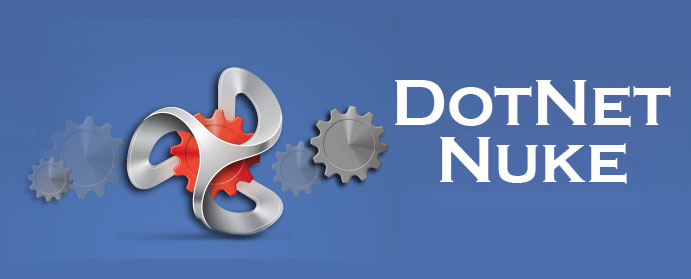 When it comes to enterprise web applications, the first name that will strike in every developer’s mind would be “DotNetNuke”! DotnetNuke is widely known open source framework, which is ideal for creating a wide range of enterprise-level applications on the go. It empowers site owners or clients to create, manage and update content on their website, which help clients to take control over the information that is being published over their website, intranets and extranets. This is the reason why more ‘n’ more business owners go for DotNetNuke development India.
When it comes to enterprise web applications, the first name that will strike in every developer’s mind would be “DotNetNuke”! DotnetNuke is widely known open source framework, which is ideal for creating a wide range of enterprise-level applications on the go. It empowers site owners or clients to create, manage and update content on their website, which help clients to take control over the information that is being published over their website, intranets and extranets. This is the reason why more ‘n’ more business owners go for DotNetNuke development India.
DNN is also known for its modules. If you look around, you will find that most of the businesses use DotNetNuke in some mission-critical way. There is no doubt that most of the business users find core extensions quite unsuitable for their business, which encourage them to go for custom DNN module development with the help of the professional DNN developers, but what if they make some silly mistakes?
Most of the experienced DNN module developers might be aware about some of the most common mistakes, but what if you’ve hired a newbie DNN module developer? Do you know which are the most common blunders DNN module developers often commit? If no, then keep reading this post!
• Using inline style attributes
Many developers often use inline style attributes within an HTML markup, which is one of the biggest problems they create for the end users. As such attributes can’t be overridden with the CSS, users will have to edit in markup, use javascript or any other tool. So, avoid using inline style attributes within the static and dynamic HTML markup of a module.
• Not filtering the user input
Of course, users never input wrong or unsafe information, but assuming that all users will input safe details and processing them without filtering could impose a huge security risks and make your DNN module installation, server and network insecure against attacks. Therefore, never assume that user input is safe and always filter them before processing ahead.
• Using Non-Semantic markup
Instead of using CSS, if you use HTML markup for layout, it won’t serve semantic cues to the browsers as to the intended purpose of content. One should keep in mind that semantic markup is not all about using tables for layout. Its initial purpose was to give semantic meaning to text in order to let the browser render the text in a most appropriate way. It is advisable to use CSS instead of non-semantic markup.
• No script tokens
Instead of using {ObjectQualifier} and {databaseOwner}, if your module SQL scripts use “dbo” for the object owner, it will become will be difficult for you to install a module in the environments where the SQL connection uses a different database owner. Moreover, if your module scripts don’t use {ObjectQualifier} prefix for the database objects, then it won’t be possible for you to use your module within shared database environments. So, avoid using “dbo”.
Make sure you never commit any of the mistakes discussed above in order to make your DNN module development successful. So, which mistakes you’ve committed? Share your opinion or views in the comments…!



